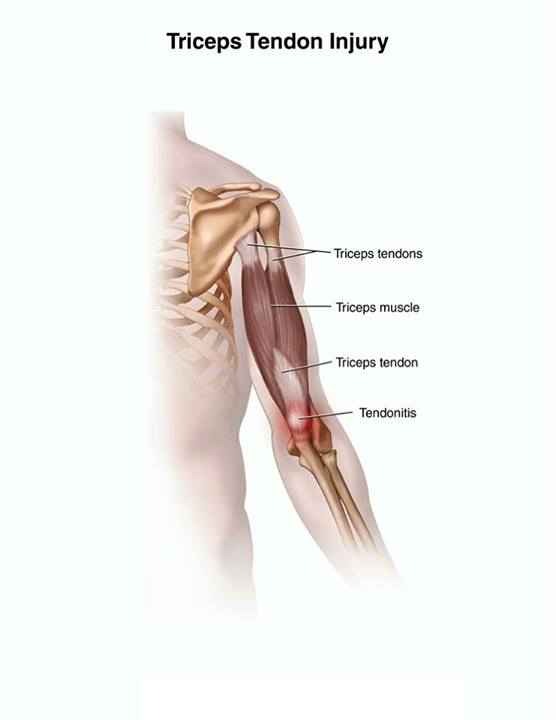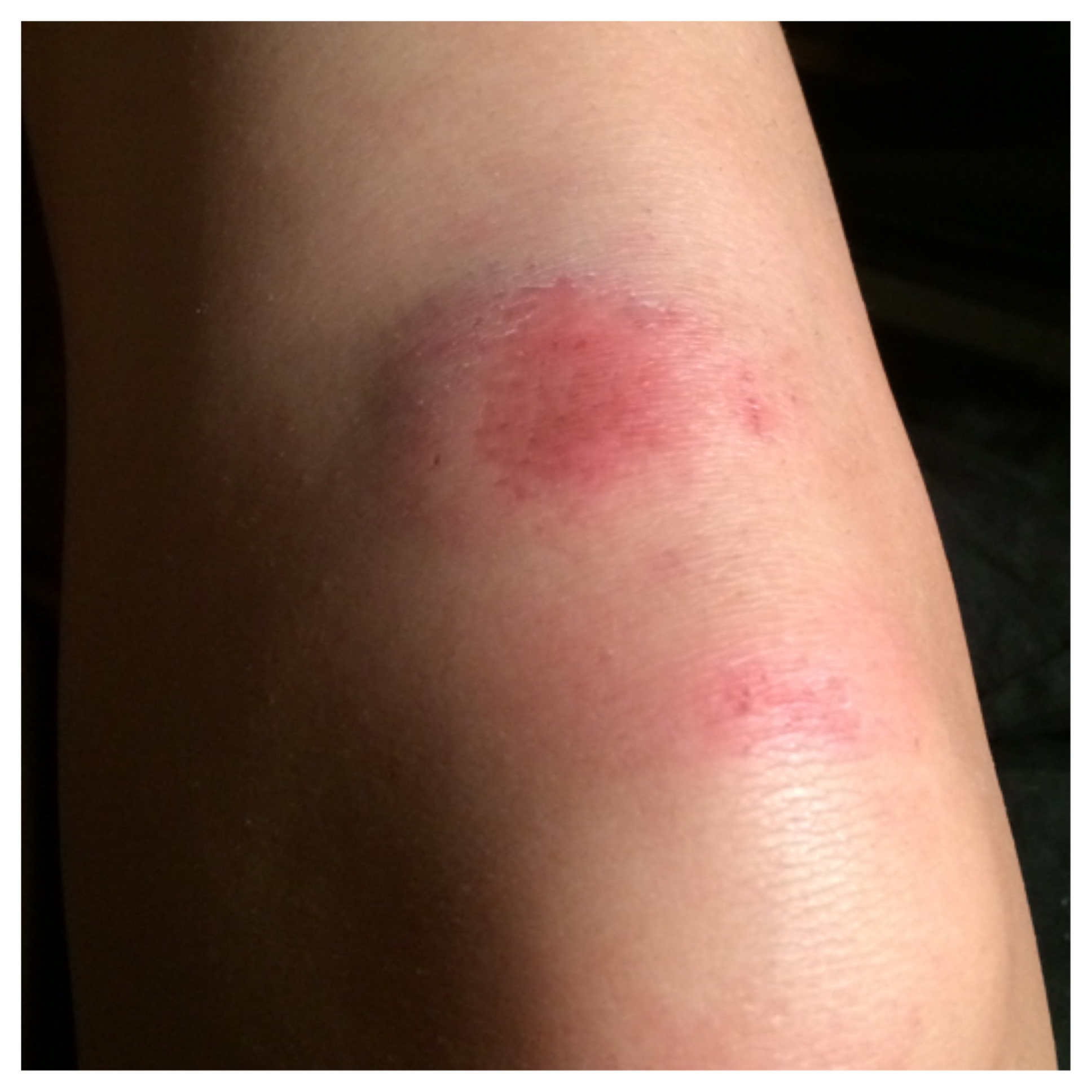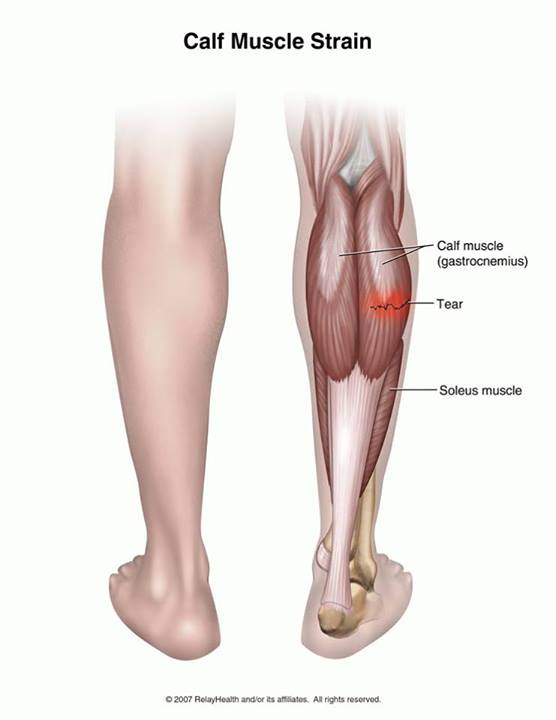MENISCUS TEAR

What is a meniscus tear?
A meniscus tear is a common knee injury. The meniscus is a rubbery, C-shaped disc that cushions your knee. Each knee has two menisci (plural of meniscus)-one at the outer edge of the knee and one at the inner edge. The menisci keep your knee steady by balancing your weight across the knee. A torn meniscus can prevent your knee from working right.
What causes a meniscus tear?
A meniscus tear is usually caused by twisting or turning quickly, often with the foot planted while the knee is bent. Meniscus tears can occur when you lift something heavy or play sports. As you get older, your meniscus gets worn. This can make it tear more easily.
What are the symptoms?
There are three types of meniscus tears. Each has its own set of symptoms.
With a minor tear, you may have slight pain and swelling. This usually goes away in 2 or 3 weeks.
A moderate tear can cause pain at the side or center of your knee. Swelling slowly gets worse over 2 or 3 days. This may make your knee feel stiff and limit how you can bend your knee, but walking is usually possible. You might feel a sharp pain when you twist your knee or squat. These symptoms may go away in 1 or 2 weeks but can come back if you twist or overuse your knee. The pain may come and go for years if the tear isn’t treated.
In severe tears, pieces of the torn meniscus can move into the joint space. This can make your knee catch, pop, or lock. You may not be able to straighten it. Your knee may feel “wobbly” or give way without warning. It may swell and become stiff right after the injury or within 2 or 3 days.
If you are older and your meniscus is worn, you may not know what you did to cause the tear. You may only remember feeling pain after you got up from a squatting position, for example. Pain and slight swelling are often the only symptoms.
How is a meniscus tear diagnosed?
Your doctor will ask about past injuries and what you were doing when your knee started to hurt. A physical exam will help your doctor find out if a torn meniscus is the cause of your pain. Your doctor will look at both knees and check for tenderness, range of motion, and how stable your knee is. X-rays are also usually done.
You may need to meet with an orthopedic surgeon for more testing. These tests may include an MRI, which can give a clear picture of where a tear is and how serious it is.
Does a Meniscus Tear Heal?
Meniscal blood supply is limited: your meniscus receives its nutrition from blood and synovial fluid within the joint capsule. Your meniscus has two distinct regions that affect their ability to heal. We call these the Red Zone and the White Zone.
meniscal tear 1
Red Zone
The red zone has blood supply, whereas the the white zone doesnt have a blood supply and wont heal naturally.The outside of the meniscus has a blood supply from the synovial capsule. Lateral meniscal tears may heal without the need for surgery.
White Zone
The inside of the meniscus gets its nutrition from the synovial fluid. Due to this, tears of the inner meniscus do not usually heal due to a lack of blood supply to trigger an inflammatory response. These injuries often require surgery.
How is it treated?
How your doctor treats your meniscus tear depends on several things, such as the type of tear, where it is, and how serious it is. Your age and how active you are may also affect your treatment choices.
Treatment may include:
Rest, ice, wrapping the knee with an elastic bandage, and propping up the leg on pillows.
Physical therapy.
Surgery to repair the meniscus.
Surgery to remove part of the meniscus.
PHYSIOTHERAPY
A small meniscus tear, or a tear in the red zone, will usually respond quickly to physiotherapy treatment.
One of the major roles of your meniscus is shock-absorption. Luckily, the other vital shock absorbers around your knee are your muscles. Researchers have discovered that if you strengthening your leg muscles, your bone stresses will reduce as your muscle strength improves and your knee becomes more dynamically stable.
Meniscal injury physiotherapy management
Your physiotherapy treatment will aim to:
Reduce pain and inflammation.
Normalise joint range of motion.
Strengthen your knee: esp quadriceps (esp VMO) and hamstrings.
Strengthen your lower limb: calves, hip and pelvis muscles.
Improve patello-femoral (knee cap) alignment.
Normalise your muscle lengths Improve your proprioception and balance Improve your technique and function eg walking, running, squatting, hopping and landing.
Minimise your chance of re-injury.
Meniscal injuries are commonly associated with other knee injuries, which need to be treated in conjunction with your meniscal tear.











